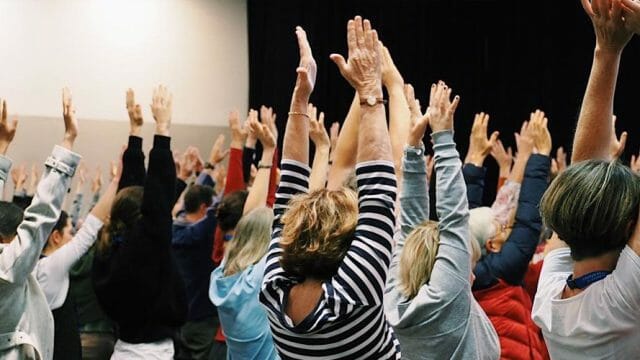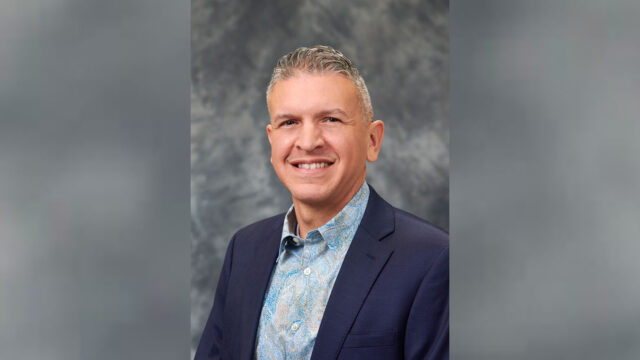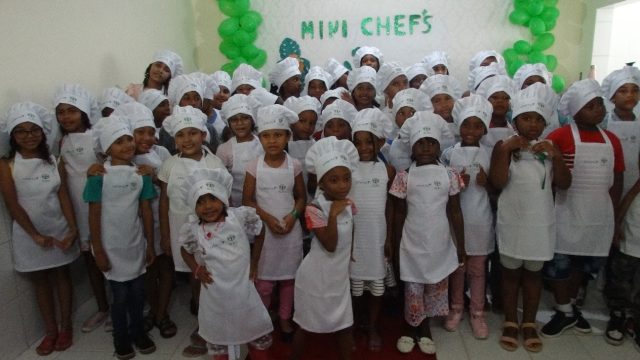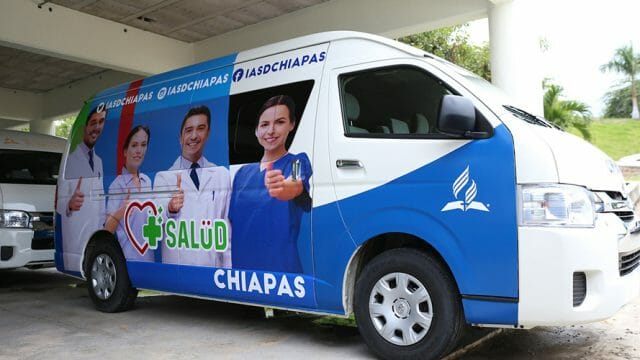La Sierra social workers and pastor suggest how to partner to fight destitution.
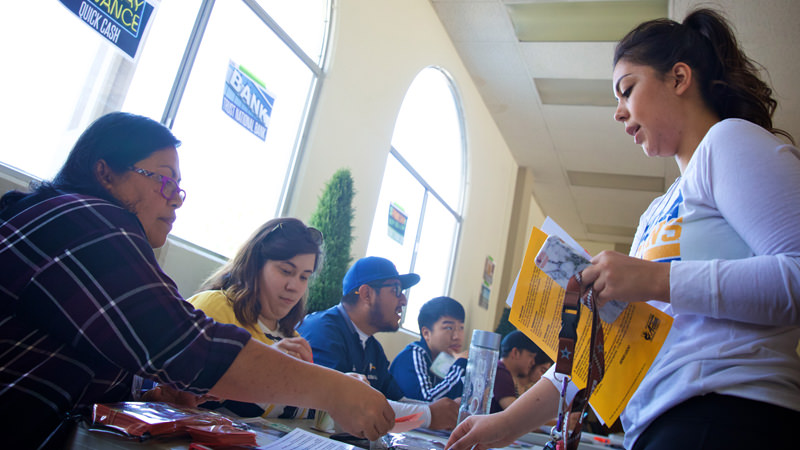
Two La Sierra University social work faculty members and a university church pastor gave a presentation at a national conference recently on ways churches and social workers can join forces to better meet the needs of impoverished populations.
Associate Professor of Social Work Daphne Thomas, Assistant Professor of Social Work Marni Straine, and university alum Steve Hemenway, a La Sierra University Church pastor, led a workshop titled “Bridging Gaps: Social Workers Provide Solutions in Faith-based Arenas” for the National Association of Christian Social Workers convention. The event took place November 2–5 in Charlotte, North Carolina, United States.
The trio from the Riverside, California-based school spoke on ways churches and other faith-based organizations can work with social workers and social work student interns in better helping the poor connect with appropriate agencies. They also explored new models of partnerships between congregations and local and governmental agencies.
“Not only can it be difficult navigating the wide array of services provided by city and county organizations, many clergy and faith-based leaders may lack the time, skills, or training to adequately provide helpful and long-term solutions,” they said in their convention proposal. “This presentation will look at how local congregations can utilize social work professionals to assist, educate, and better serve those in need throughout the community.”
Internship with the Church’s Community
The workshop’s concepts are the outgrowth of an internship program begun three years ago at the La Sierra University Church by La Sierra’s social work department. Interns, working with Hemenway and under the direct supervision of Straine, began working with the church’s community services program to help people who needed more assistance than the food and clothing provided by the church. The social work interns were able to assess individuals and families and direct people to appropriate local service agencies.
“It has been a great success, and the [La Sierra church] pastors report that it is going very well, so well in fact that they began telling other churches about this,” Thomas said.
Meanwhile, in the fall of 2016, Hemenway was instrumental in launching a taskforce with the city of Riverside focused on engaging local faith communities in aiding poverty-stricken and homeless populations. The task force includes representatives from social work programs at La Sierra, Loma Linda and California Baptist universities, and several local agencies. Students from each of the organizations are creating an asset map that charts current activities at regional churches that help at-risk populations. The map will help the task force address gaps in services.
In September, the office of Riverside Mayor Rusty Bailey held a faith summit aimed at bringing together faith-based groups to discuss collaboration toward addressing the needs of the poverty-stricken and homeless communities. The summit was attended by 170 representatives of 70 organizations. “Placing social work interns in churches in our area is one of the goals of this larger group,” Thomas said.
Role-Playing Poverty
Additionally, several times since 2015 the La Sierra social work professors, together with Hemenway and other university faculty have also actively engaged their campus community in better understanding the daily plight of the impoverished. They brought to campus a role-playing activity called a poverty simulation, the most recent taking place on April 23. This event resulted in an invitation for Straine and Thomas to hold the exercise on Sept. 14 for the Metro Region of the Riverside Department of Social Services. The North Carolina convention also offered a similar pre-conference poverty simulation activity for attendees.
Designed to resemble a month of an impoverished individual’s life, activities of the poverty simulation are encapsulated into four, 15-minute segments, each with its challenges and activities to manage. Through it all, participant ‘families’ must keep the lights on, keep their kids in school, maintain their home, pay loans, deal with bill collectors and handle other life circumstances made worse by poverty.
“We all think there’s a ton of services available,” said Hemenway. “We found that we can’t even find the services needed to get through in this simulated situation. And this isn’t even real life. I don’t know of any other tool to raise awareness of the struggle. It re-shapes the way we understand people living in poverty.”



